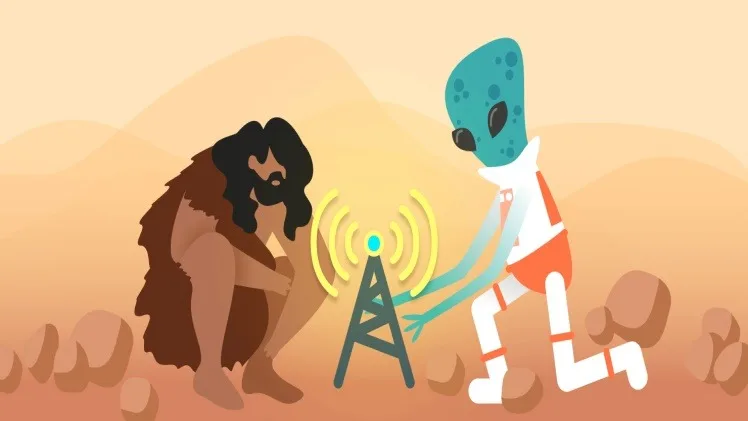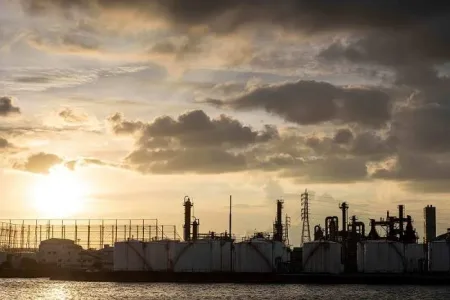Weather plays a pivotal role in our daily lives, impacting our activities, safety, and overall well-being. As a result, accurate weather forecasting and timely alerts have become increasingly vital. Weather sensors have emerged as indispensable tools in this endeavor, providing crucial data for meteorologists and improving our ability to predict and respond to weather conditions effectively. This article delves into the world of weather sensors, exploring their evolution, advancements, and the significant role they play in enhancing forecast accuracy and disaster preparedness.
Table of Contents
Historical Perspective:
The quest for understanding and predicting weather patterns dates back centuries. In ancient times, rudimentary instruments like the wind vane and rain gauge were used to observe weather phenomena. As scientific knowledge expanded, so did the sophistication of weather sensors. In the 19th century, inventions such as the barometer, anemometer, and the thermometer paved the way for modern weather monitoring.
Contemporary Weather Sensors:
Today, various advanced weather sensors are designed to measure various atmospheric parameters. These sensors include:
- Thermometers: Measuring temperature variations, thermometers are vital in assessing weather conditions and detecting potential extremes such as heatwaves or cold spells.
- Barometers: By monitoring atmospheric pressure, barometers help predict weather patterns and identify approaching fronts, allowing for timely storm warnings.
- Anemometers: These sensors gauge wind speed and direction, providing valuable information for aviation, agriculture, and disaster preparedness.
- Hygrometers: Measuring humidity levels, hygrometers assist in understanding the moisture content in the air, aiding in the prediction of fog, precipitation, and heat index.
- Rain Gauges: Essential for quantifying precipitation, rain gauges help assess rainfall patterns, monitor water resources, and predict flood risks.
- Weather Radars: Utilizing radio waves, weather radars detect precipitation intensity and storm cells and even track the movement of severe weather phenomena like tornadoes and hurricanes.
Technological Advancements:
Rapid technological progress has revolutionized weather sensing capabilities. Remote sensing satellites with sophisticated sensors provide a comprehensive view of the Earth’s atmosphere. These satellites monitor cloud cover, atmospheric composition, and sea surface temperatures, enhancing weather forecasting accuracy on a global scale.
Furthermore, the Internet of Things (IoT) has facilitated the deployment of weather sensors across various locations, creating an extensive network of data collection points. These wireless sensors relay real-time information to meteorological agencies, enabling accurate and localized weather predictions. The proliferation of weather apps on smartphones and other devices has made such forecasts accessible to the general public.
Advancements in sensor miniaturization and cost reduction have also empowered individuals and communities to install weather stations in their backyards. These personal weather stations, equipped with sensors similar to those used by professionals, contribute valuable hyper-local weather data, complementing official observations.
Additionally, machine learning and artificial intelligence algorithms are employed to analyze vast amounts of weather data quickly. These algorithms can identify patterns, predict severe weather events, and assist in the early warning systems for disasters like hurricanes, floods, and wildfires.
Improving Forecast Accuracy and Disaster Preparedness:
Accurate weather forecasting and timely warnings are crucial for disaster preparedness, resource management, and public safety. Weather sensors are at the forefront of efforts to improve forecast accuracy and minimize the impact of severe weather events.
By providing real-time data on temperature, humidity, wind speed, and atmospheric pressure, weather sensors contribute to the development of more accurate and localized forecasts. This information is vital for planning outdoor activities, agriculture, aviation, and emergency response operations.
Moreover, detecting and tracking severe weather phenomena such as tornadoes, thunderstorms, and hurricanes enables early warnings, allowing residents and authorities to take necessary precautions and evacuate areas at risk. Such timely alerts save lives and minimize property damage.
Conclusion
Weather sensors have come a long way from their humble beginnings, evolving into highly sophisticated instruments that provide invaluable data for meteorological analysis, forecasting, and disaster preparedness. Technological advancements have ushered in an era of unprecedented accuracy in weather predictions, enabling individuals, communities, and governments to make informed decisions and mitigate the impact of severe weather events. As weather sensors improve and become more accessible, we can look forward to even more reliable forecasts and enhanced disaster preparedness, ensuring our safety and well-being in an increasingly unpredictable world.



